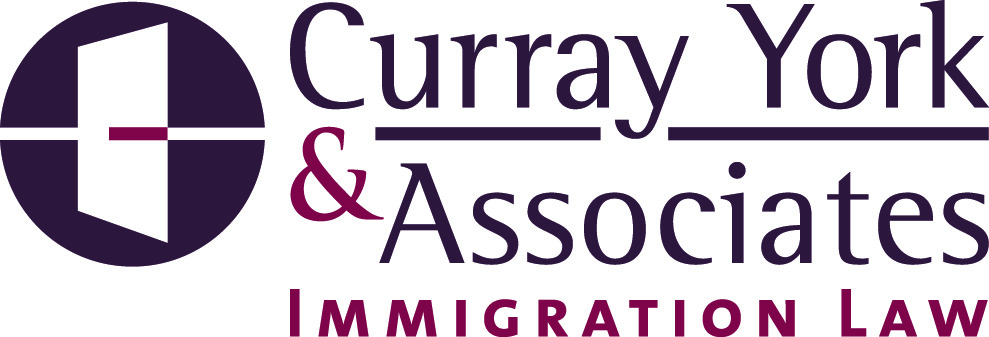Mere months after the start of the 2014 fiscal year, USCIS announced that is has approved the annual statutory maximum number of U visas. Until the 2015 fiscal year visa numbers become available on October 1, 2014, U visa petitions will still be reviewed and those petitioners that are eligible for a U visa will be placed on a waiting list . U visas grant non-immigrant status to individuals who have been victims of certain crimes, such as domestic violence, and who assist law enforcement in the prosecution of the crime. U visas were first issued in 2008 and over the last five consecutive years the statutory cap of 10,000 has been reached. USCIS reports that over 89,600 victims of crime and their families have received U visas since 2008.
